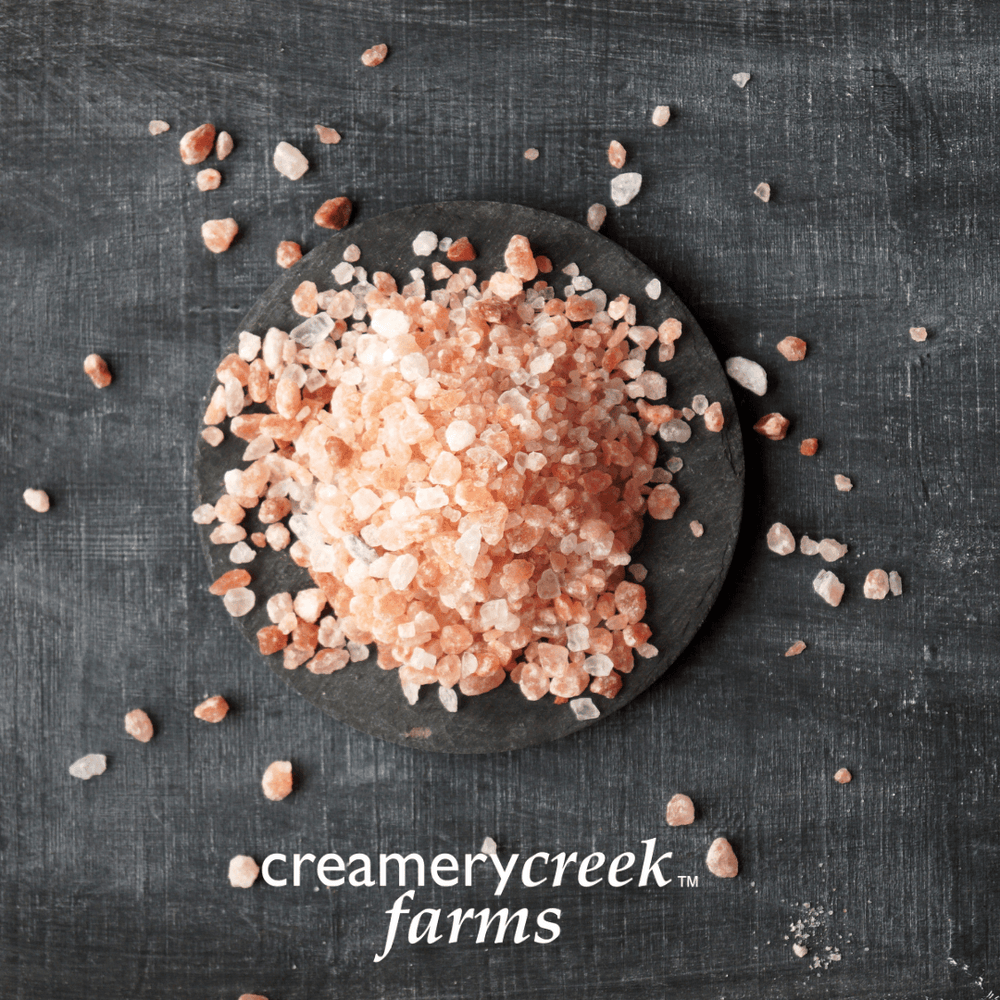
Using Himalayan Salt for Flavor and Aging
Dry aged beef already feels like a luxury, but pairing it with Himalayan salt takes it one step further. It’s not about fancy marketing. It’s about science, flavor, and a little patience.
When beef is dry aged, the natural enzymes go to work breaking down muscle fibers. The process concentrates the flavor, tenderizes the cut, and creates that nutty richness people rave about. Now bring in Himalayan salt. Those pink crystals help draw out moisture in a way that encourages a steady, controlled aging environment. Less surface moisture means less chance of spoilage and more chance for that beef to develop its deep, signature taste.
Some folks use Himalayan salt blocks to create a “salt chamber” for dry aging. Others finish a steak with a light sprinkle just before serving. Both methods add value. The chamber method works behind the scenes during the aging process, while finishing salt enhances the bite right at the table. Big difference, same mineral-packed source.
Here’s what you really need to know: Himalayan salt isn’t magic, but it helps create balance. The trace minerals give it a gentler, rounder taste than standard table salt. It won’t overpower the beef. It lifts it up instead.
If you’re curious at home, start small. Try finishing your dry aged steak with Himalayan salt rather than sea salt and notice the difference. It’s subtle but real. And if you’re into the science side, look into Himalayan salt blocks used in specialty dry aging fridges. They’re not required, but they’re part of how butchers fine tune flavor.
At Creamery Creek, we dry age the old fashioned way. Controlled temps, careful monitoring, and a lot of know-how. Salt plays its role, but the star will always be the beef itself.



Leave a comment
Also in Farm Family Recipes
Easy-Peasy Shredded Beef: The Do-Everything Version
Simple food wins every time. This easy shredded beef is gently seasoned, slow cooked until fork tender, and built to flex. Tuck it into tacos, pile it onto warm buns, or stash half in the freezer for later. One beef roast and endless good meals.
Keep reading
Galbi: Korean-Style Short Ribs, Farm-Fresh Flavor
Sweet, savory, and smoky, this Korean-inspired galbi recipe brings a new twist to Creamery Creek’s dry-aged short ribs. Marinate overnight and grill for juicy, caramelized ribs with unforgettable flavor.
Keep reading
Creamery Creek Over the Top Chili Recipe
This chili is not fancy, but it is deeply satisfying.
Our Over the Top Chili starts with a simple large meatball made from Creamery Creek dry-aged ground beef, seasoned just enough to let the beef shine. Instead of browning it in a pan, the whole thing goes on the smoker, perched right over the pot of chili. As it cooks, the beef slowly bastes the chili below, dripping smoky, rich flavor straight into the pot.
Keep reading